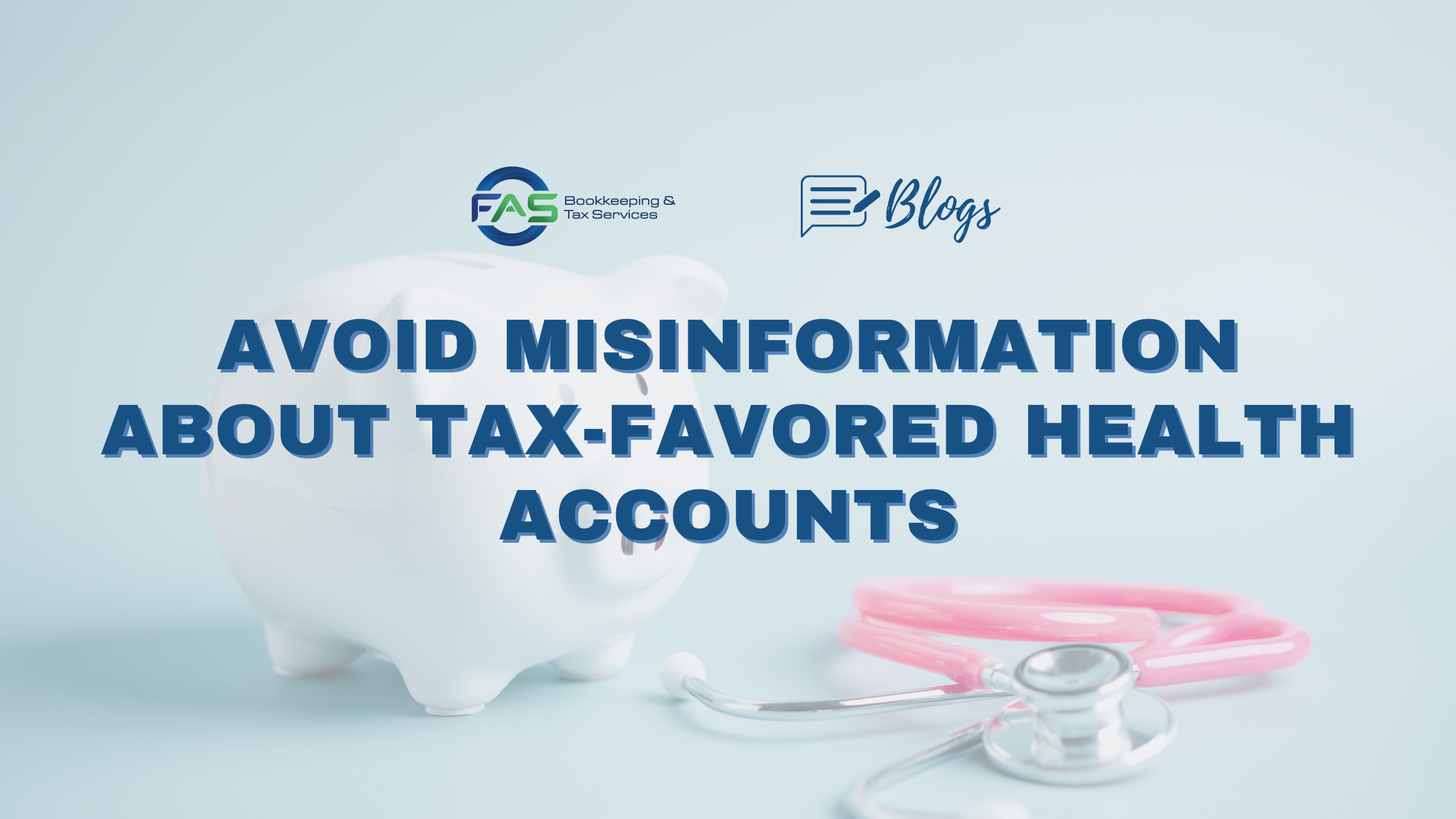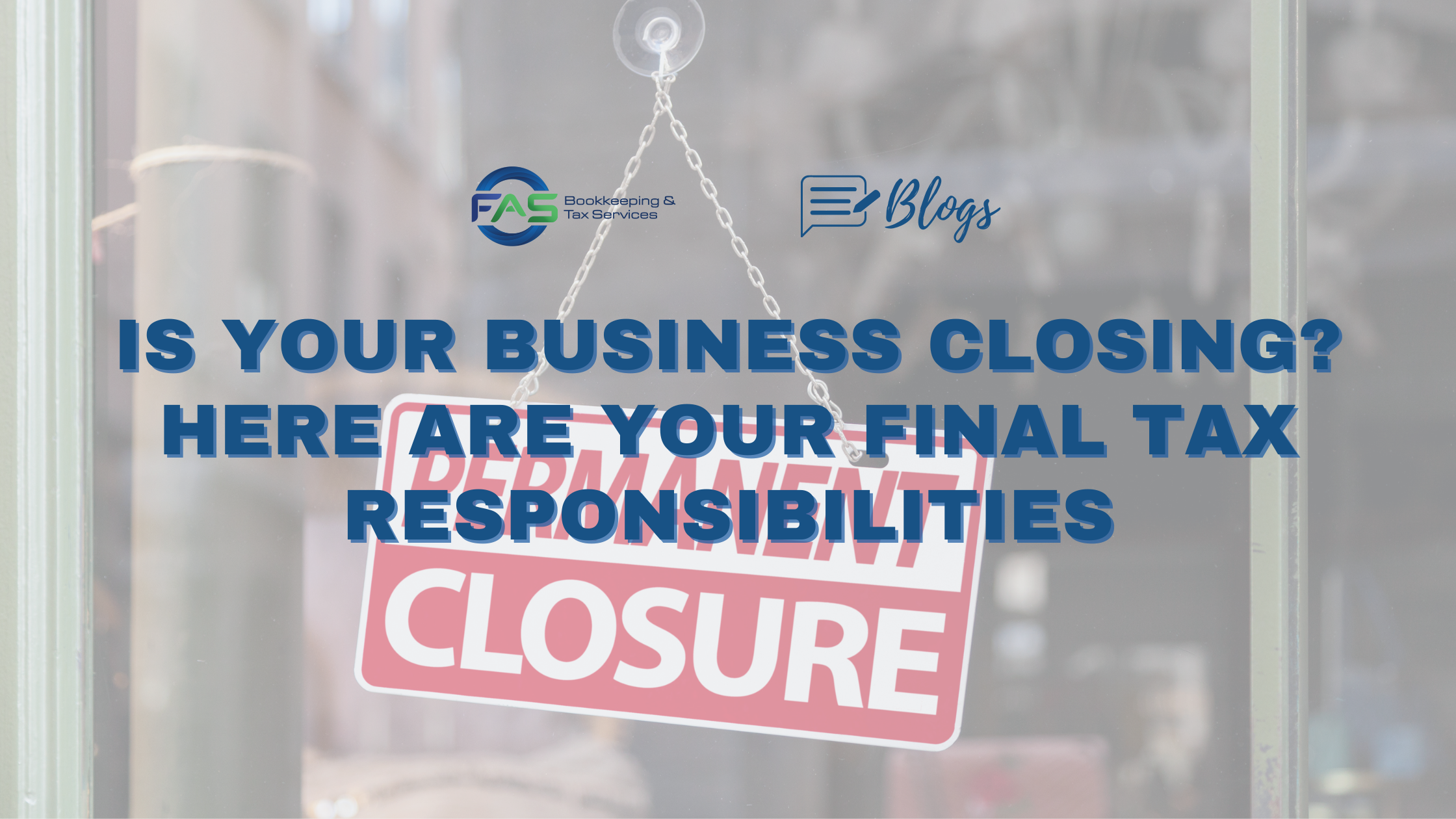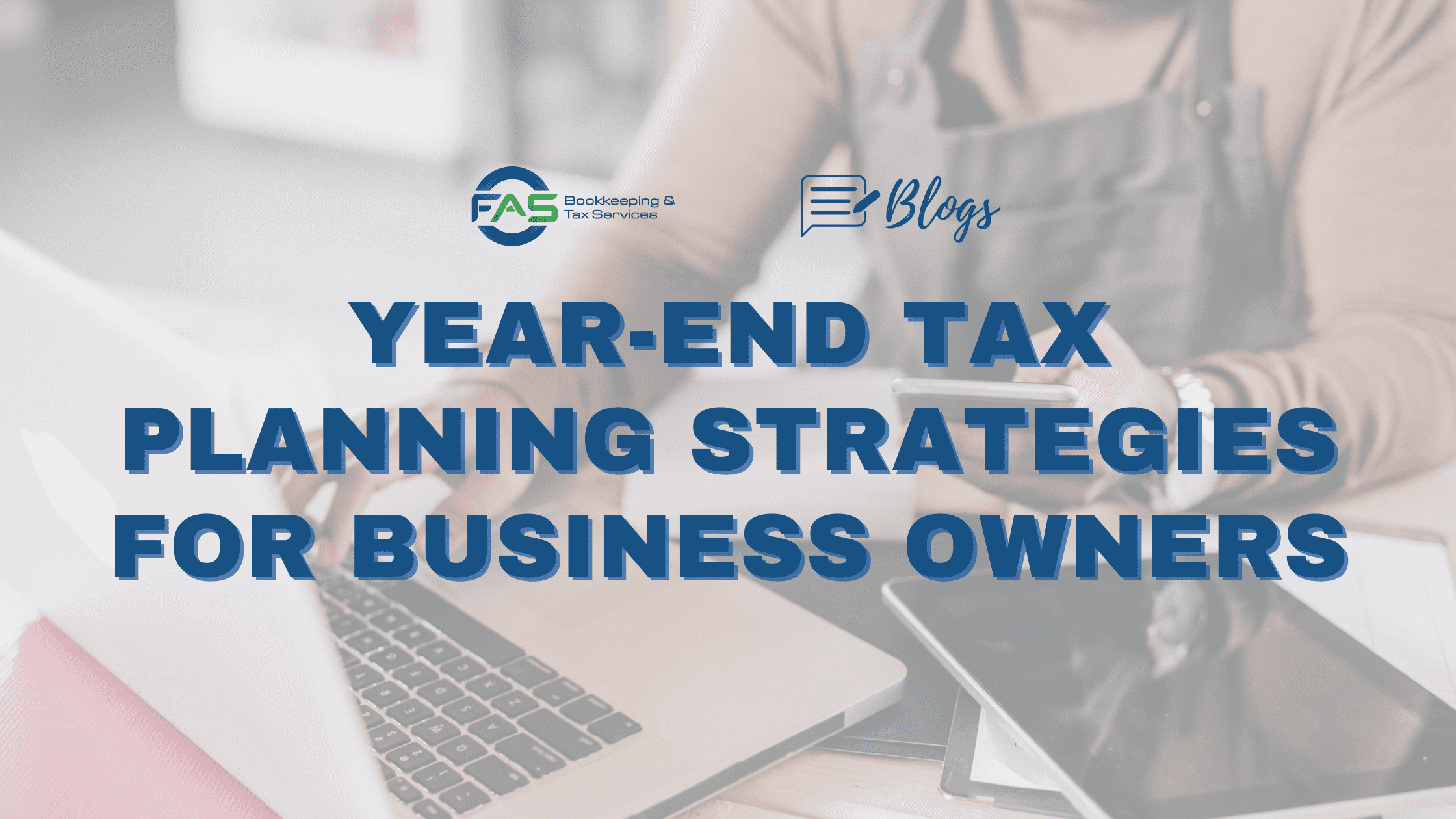Year-end Tax Planning Strategies for Business Owners
Business owners can lower their tax liability by using a number of year-end tax planning strategies. Let’s look at this:
Delaying Income
By delaying end-of-year bills such that payment is not received until 2023, businesses that use the cash method of accounting can postpone revenue until the following year. Businesses that use the accrual method are able to postpone income until January 2023 by delaying the supply of products or services.
New Business Equipment Purchase
Bonus Depreciation. When eligible property, such as machinery and equipment, is put into service after September 27, 2017, but before January 1, 2023, businesses are able to immediately deduct 100% of the cost. After that, the deduction is phased down over four years: 80% in 2023, 60% in 2024, 40% in 2025, and 20% in 2026.
Even if they are very briefly put into operation in 2022, qualifying assets are still eligible for the first-year 100% bonus depreciation deduction.
179 Section Expensing. This year, businesses should utilize Section 179 expensing wherever possible. Businesses can choose to expense (deduct right away) the whole cost of the majority of new equipment in 2022, up to a maximum of $1.08 million of the first $2.70 million in property put into service by December 31, 2022. Remember that the net taxable business income cannot be greater than the Section 179 deduction. For over $2.70 million, the deduction is gradually reduced dollar for dollar, and for over $3.78 million, it is completely removed.
After December 31, 2017, computers or their peripherals were not considered listed property.
Qualified Property.
Qualified Real Estate Property put into operation during the tax year and used primarily (more than 50%) in your trade or business is referred to as qualified property. Both properties put into service and subsequently removed from service within the same tax year, as well as property used for personal purposes within that same tax year, are not eligible.
Additionally, taxpayers have the option to include certain improvements made to non-residential real estate after the date the asset was initially put to use.
1. A legitimate improvement Any interior building improvement is referred to as property. However, improvements are not considered property if they are caused by any of the following: the building’s expansion, any elevator or escalator, or the building’s interior structural underpinning.
2. Roofs, HVAC, fire extinguishing, security, and alarm systems.
These modifications are applicable to assets put into operation in taxable years starting after December 31, 2017.
The CARES Act, which fixed a mistake in the Tax Cuts and Jobs Act, allowed for the rapid expensing of real estate-qualified improvement property.
Other Year-End Moves to Take Advantage Of
Qualified Business Income Deduction. The qualified business income may be claimed by a large number of business taxpayers, including owners of enterprises run as sole proprietorships, partnerships, and S corporations as well as trusts and estates. For the tax years 2018 through 2025, this deduction is worth up to 20 percent of qualified business income (QBI) from a qualifying trade or business. To qualify for the deduction in 2022, your taxable income must be less than $340,100 for married taxpayers filing joint returns and $170,050 for single and head-of-household filers.
The QBI is intricate, and tax planning techniques can directly enhance or decrease the deduction’s dollar value. As a result, it’s crucial to consult a tax expert before the end of the fiscal year to figure out how to optimize the deduction.
Small Business Health Care Tax Credit. Employers in small businesses with 25 or fewer full-time equivalent workers and an average annual salary of $56,000 in 2020 (inflation-adjusted) IS THE 2020 CORRECT? or less may be eligible for a tax credit to assist with the cost of their employees’ health insurance. There is a 50% credit (35 percent for non-profits).
Business Energy Investment Tax Credit (ITC). Along with a number of other improvements, the Inflation Reduction Act of 2022 (IRA) increased the number of eligible technologies and prolonged the credit’s expiration date. So long as a firm wants to benefit from the tax credits (worth up to 30%), they can still do so. Business energy investment tax credits are therefore still accessible.
The following technologies are eligible for business energy credits:
Tidal, Wind (Small), Geothermal Direct-Use, Fuel Cells using Renewable Fuels, Microturbines, Lithium-ion, Offshore Wind, Solar Water Heat, Solar Space Heat, Geothermal Electric, Solar Thermal Electric, Solar Thermal Process Heat, Solar Photovoltaics, Wind (All), Geothermal Heat Pumps, Municipal Solid Waste, Combined Heat & Power.
Repair Regulations. End-of-year repairs and expenses should, whenever possible, be written off right away rather than being capitalized and depreciated. De minimis safe harbor allows small firms without appropriate financial statements (AFS) to choose to deduct lesser purchases ($2,500 or less per purchase or invoice). Businesses may deduct $5,000 if they have the necessary financial documents. Small firms can utilize the safe harbor for renovations, upkeep, and enhancements to qualified buildings if their annual gross receipts are $10 million or less.
Limitations on depreciation for luxury, passenger, and heavy vehicles. Depreciation caps for high-end passenger cars purchased after December 31, 2017, were altered by tax reform. The highest permitted depreciation deduction for 2022 is $11,200 for the first year if the taxpayer doesn’t claim bonus depreciation.
A proportion of business use determines how much can be deducted. A business owner who uses their car exclusively for business purposes can deduct more than one who just uses it for that purpose half the time.
The maximum first-year depreciation allowance for passenger cars qualifying for the additional bonus first-year depreciation stays at $8,000. It remains in effect for tax years until December 31, 2022, and it is applicable to new and used (“new to you”) automobiles purchased and put into operation after September 27, 2017. The deduction can reach $19,200 in 2022 when combined with the enhanced depreciation allowance mentioned above.
When the gross vehicle weight rating (GVWR) of a heavy vehicle exceeds 6,000 pounds, it is not considered a passenger car but rather a piece of transportation equipment. Therefore, a 100% first-year bonus depreciation deduction is also available for heavy vehicles (new or used) put into service after September 27, 2017, but before January 1, 2023.
Retirement Plans. Before the end of 2022, self-employed people who haven’t already done so should create retirement plans for themselves.
Dividend Preparation. By paying shareholders corporate dividends, accumulated corporate profits and earnings are reduced.
Paid Family and Medical Leave Credit. Through 2025, employers who offer paid family and medical leave to eligible workers are eligible for a business tax credit. Employers are required to have a written policy that complies with a number of specifications. The 2020 deadline for the credit was changed to 2025. For up to 12 weeks of family and medical leave every taxable year, it varies from 12.5% to 25% of salaries paid to qualified employees.
Work Opportunity Tax Credit (WOTC). The Work Opportunity Tax Credit, which has been extended through 2025 (The Consolidated Appropriations Act, 2021), is available to employers who hire long-term jobless people (unemployed for 27 weeks or more). It is typically equal to 40% of the first $6,000 of earnings paid to a new hire.
Year-end tax planning may have an impact on your tax liability.
If you’d like additional details, give us a call to arrange a consultation so we can go over your individual tax and financial needs and come up with a strategy that will work for your company.
Need Help?
Are you wondering how you can apply these year-end tax planning strategies to your business? Don’t Worry! Contact us at admin@fas-accountingsolutions.com today and we will help you with your year-end tax planning.





